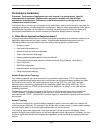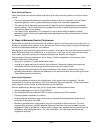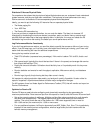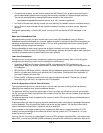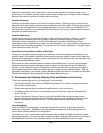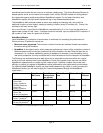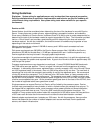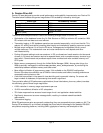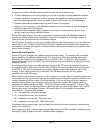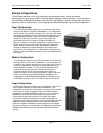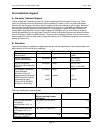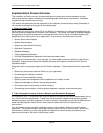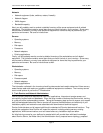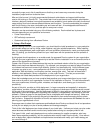
Among the key Domino R5 features that enable it to scale with these platforms are:
Ÿ Unlimited database size (currently certified up to 64 GB), to support increased database workloads.
Ÿ Directory scalability in excess of one million users, to easily handle the directory requirements of
even the largest deployments. (Lotus has tested a Domino R5 Directory with 10 million entries)
Ÿ Database optimizations to better exploit high-end I/O and CPU throughput.
Ÿ Support for online indexing, online database compacting, and online backup; to take advantage of
high-end systems and I/O subsystems.
Ÿ Increased overall scalability enabling support for more users on fewer partitions, to drive down
per-user costs across large, partitioned servers.
Domino R5's ability to keep running during scheduled maintenance tasks like database compaction,
indexing and backup makes server consolidation in general more attractive, since large numbers of
users will not be inconvenienced due to scheduled outages.
And R5's greater scalability and new high availability features make server partitioning a more attractive
alternative than ever. Partitioning yields lower total cost of ownership: administration and maintenance
are simplified, and fewer moving parts increases reliability, security and availability (if one partition fails,
others remain available).
Domino R5 on AIX Specifics
Domino R5 on AIX leverages many platform-specific services directly. For example, R5's new thread
pooling capability was optimized specifically for AIX. And Domino R5's high-availability features are
particularly well-integrated and complement those of HACMP of AIX. For example, R5's transaction
logging makes performance and UNIX
®
auto-restart features even more effective, by allowing Domino to
restart very quickly.
For customers using Domino as a Web application server on AIX, R5 clustering supports both failover
and load balancing for Web clients. And the Domino R5 Server's clustering features are complementary
to HACMP on AIX, such as high-speed interconnects, disaster tolerance and support for many-node
clusters. In fact, Domino clustering in combination with AIX-based clustering can bring system
availability into the 99.99% range.
When looking to size a Domino R5 server on AIX, the basics for memory, disk, and network adapters has
not changed from R4. What has changed are the scalability factors that can be applied to determine the
number of partitions and the number of users per partition. As a rule of thumb, we see the scalability
doubled (meaning Domino can now support up to 4 processors per partition with scalable growth as
processors are added) and approximately 1.5 to 2 X the number of users per partition. Example: With
R4, if we have a 4-way running two partitions of 600 users each for a total of 1200 active users, then R5
with the same 4-way could support the same 1200 active users on a single partition (hence better
administration). Therefore, as a guideline:
Ÿ R4 - one partition for every two processors
Ÿ R5 - one partition for every four processors
Ÿ R4 - one partition for every 600 - 800 active users
Ÿ R5 - one partition for every 1600 - 2000 active users
If workloads are unknown or heavy, then the lower limits should be planned for and then measurements
made once in production.
When clustering is used, customers have reported approximately a 20-25% overhead. If calendaring and
scheduling is used, an approximate 25% overhead should be applied.
Lotus Domino Server R5 Implementation Guide June 18, 2001
Page 15



